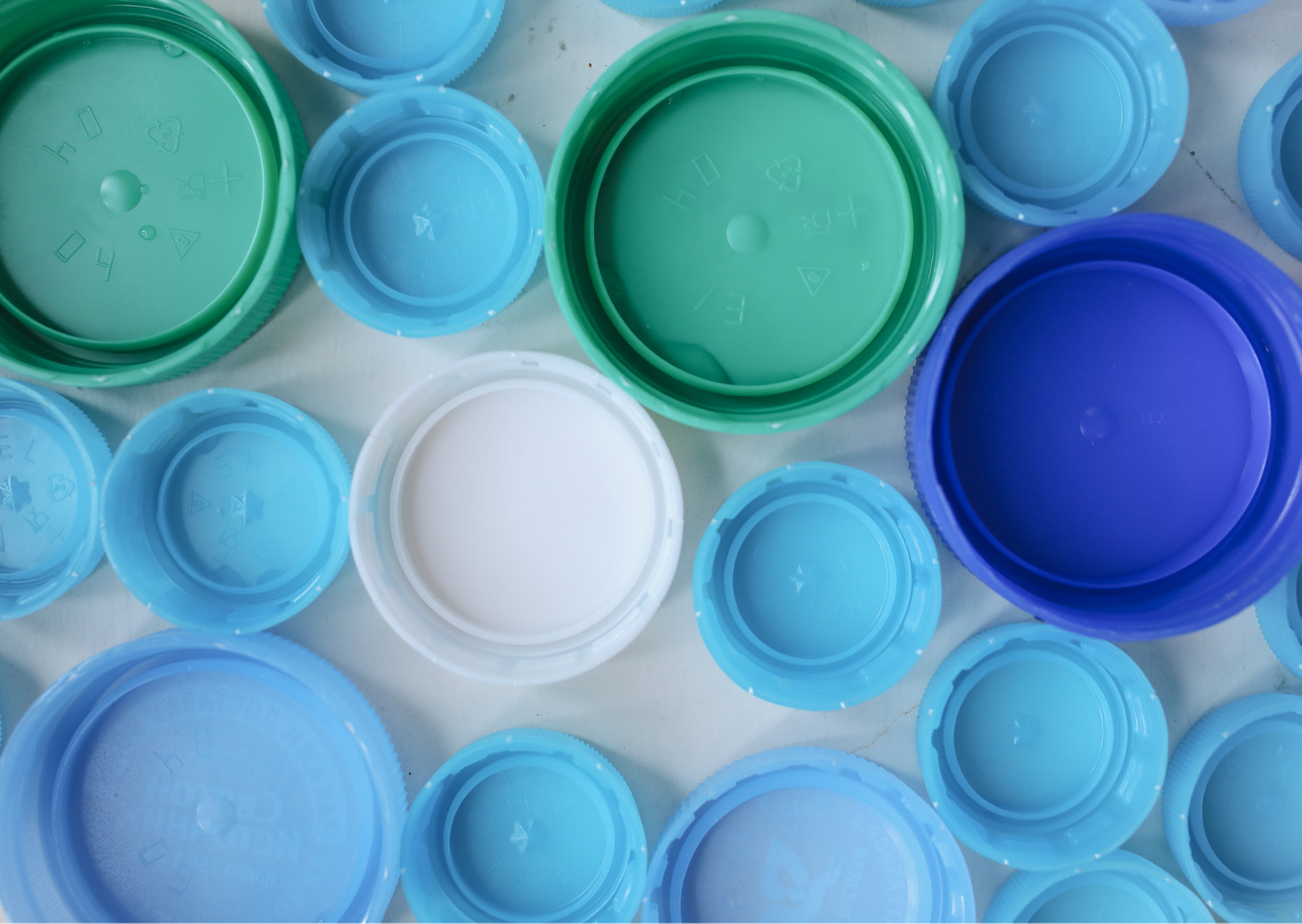
3 Ways to Reduce Single Use Plastic
For plastic-free July, we thought we’d share our thoughts and tips around a very topical issue – single-use plastic.
Did you know?
- 40% of plastic produced is packaging, used just once and then discarded [National Geographic]
- Less than a fifth of all plastic is recycled globally [National Geographic].
- 359 million tonnes of plastic were produced in 2018, of which 1/3 went to single-use packaging and less than 10% was recycled [The Guardian].
What happens to plastic that's not recycled?
It either goes to landfill, gets incinerated (releasing greenhouse gas emissions) or remains uncollected and finds its way into the oceans. According to a report from the Ellen MacArthur Foundation, current trends mean that there may be more plastic in the oceans than fish by 2050!
So what are the key single-use culprits, and what can we use instead?
Plastic bottles

One million plastic bottles are produced every minute, and a significant proportion of these do not get recycled. So why not treat yourself to a re-usable bottle that you’ll love, and will also be better for the planet? Jen Gale, author of The Sustainable(ish) Living Guide, has put together a fab list of some of her favourite options. This could be a good place to start!
Plastic bags

You might not think it, but the plastic bag was actually invented to save the planet. According to the son of Sten Gustaf Thulin, who invented the plastic bag in 1959, plastic bags were seen as a sustainable alternative to paper bags when they were first introduced, because the need for paper encouraged deforestation. Plastic bags were also stronger than paper bags, so could (theoretically!) be used over and over again.
“To my dad, the idea that people would simply throw these away would be bizarre… He always carried [a plastic bag] in his pocket folded up. You know what we’re all being encouraged to do today, which is to take your bags back to the shop, he was doing back in the Seventies and Eighties, just naturally, because, well, why wouldn’t you?” – Raoul Thulin
It's our attitude to plastic that needs to change, not the material itself. In some cases, plastic bags can be a good option, but it all depends on how they’re made (are they recycled?), the number of times they’re used, and how they’re disposed of. Bags for life need to be used four times in order to be better for the environment than their single-use counterparts.
What about biodegradable alternatives?- A study conducted by the Environment Agency in 2006 found that paper bags need to be used 3 times in order to have a lower environmental impact than a conventional single-use plastic bag.
- Similarly, cotton bags require 131 uses in order to make them a better alternative.
The best way to make a bag sustainable is to re-use it. And then recycle it!
Coffee cups


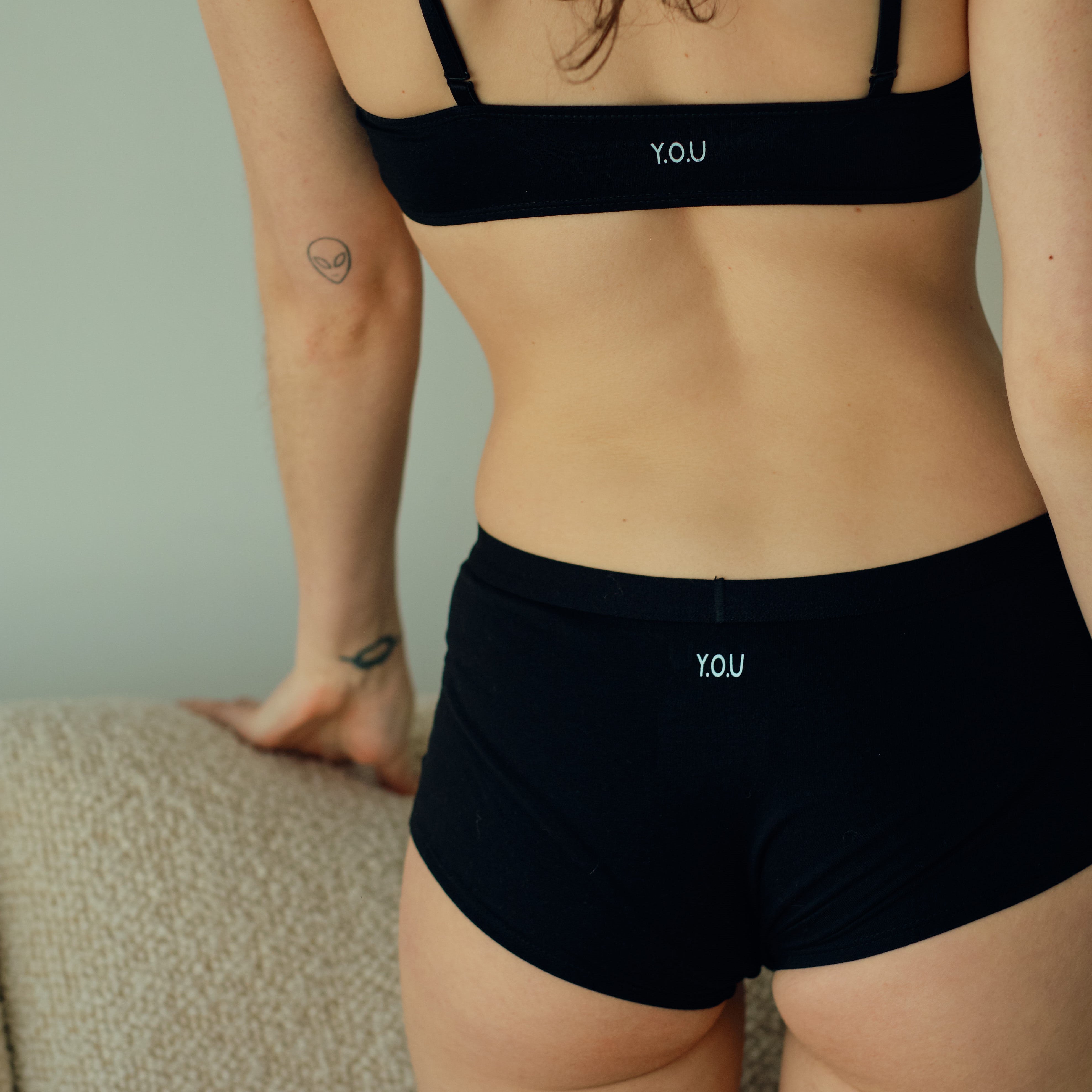



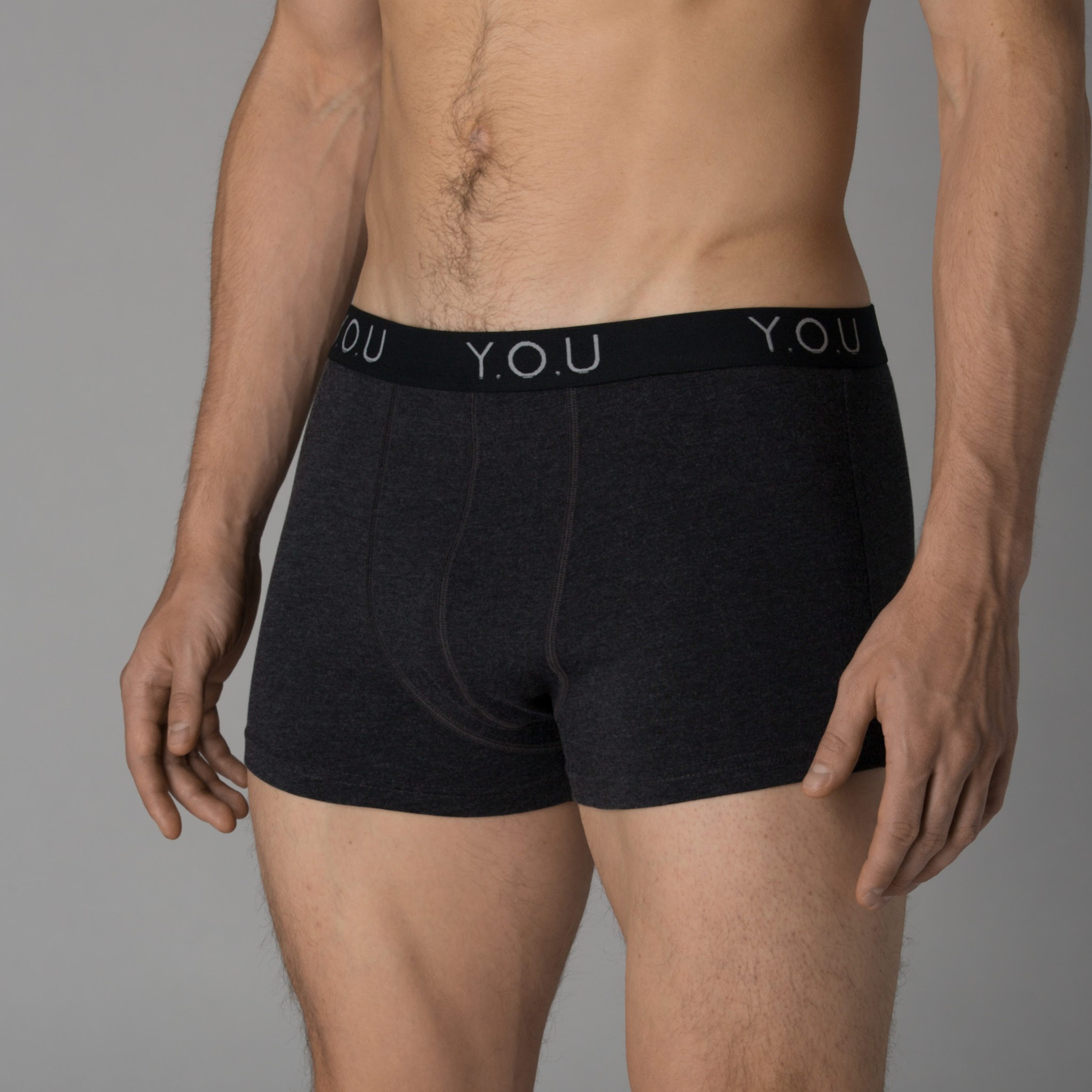

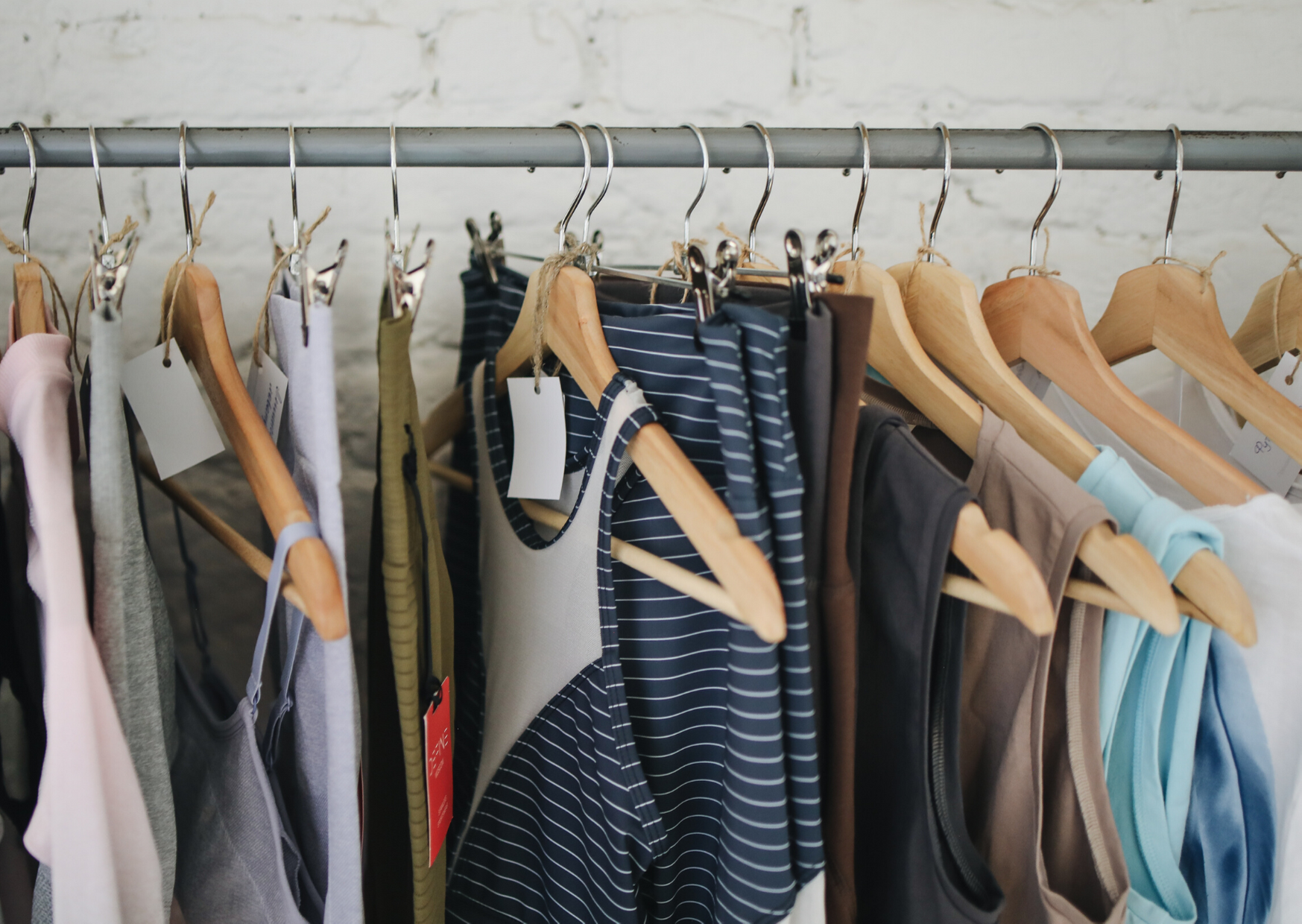


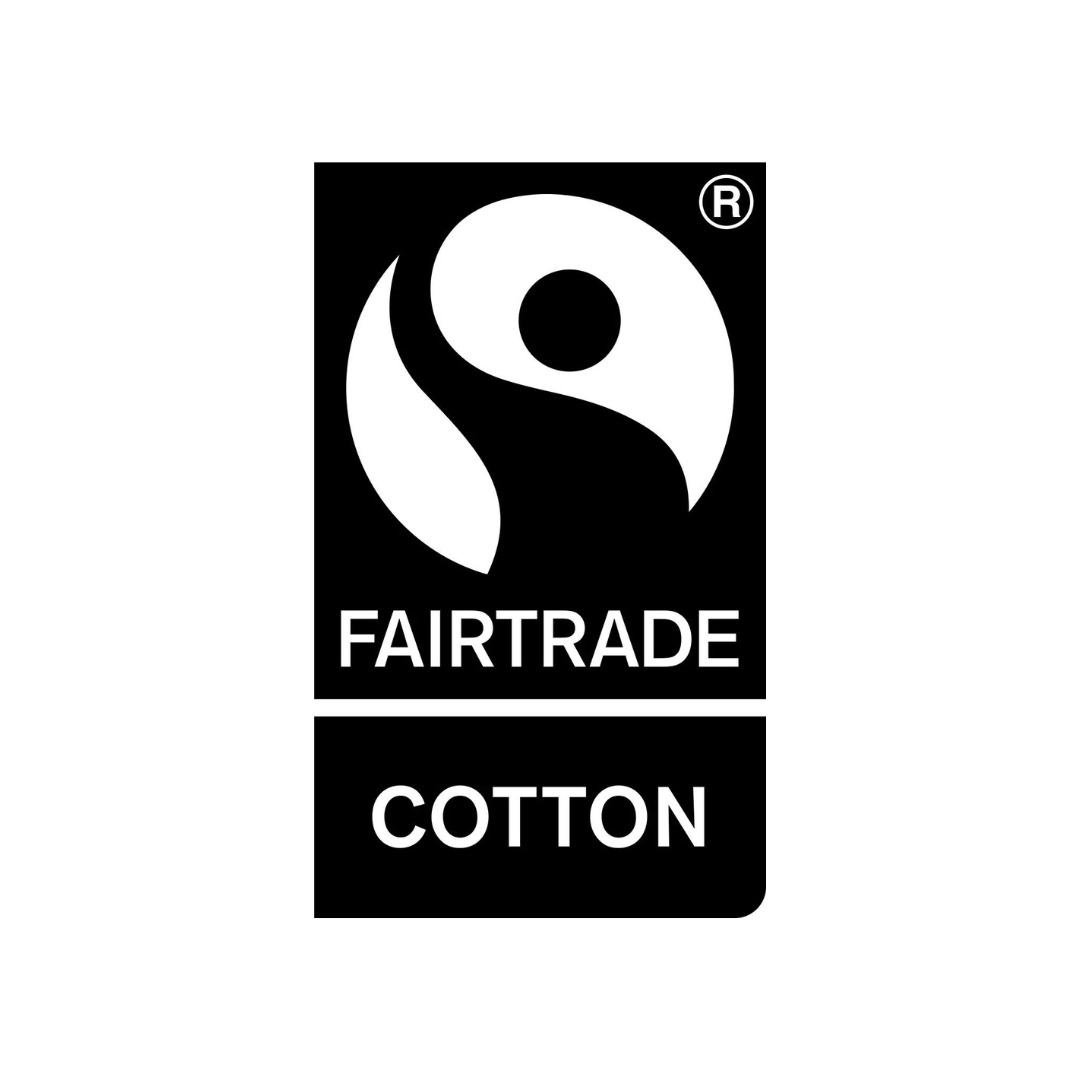
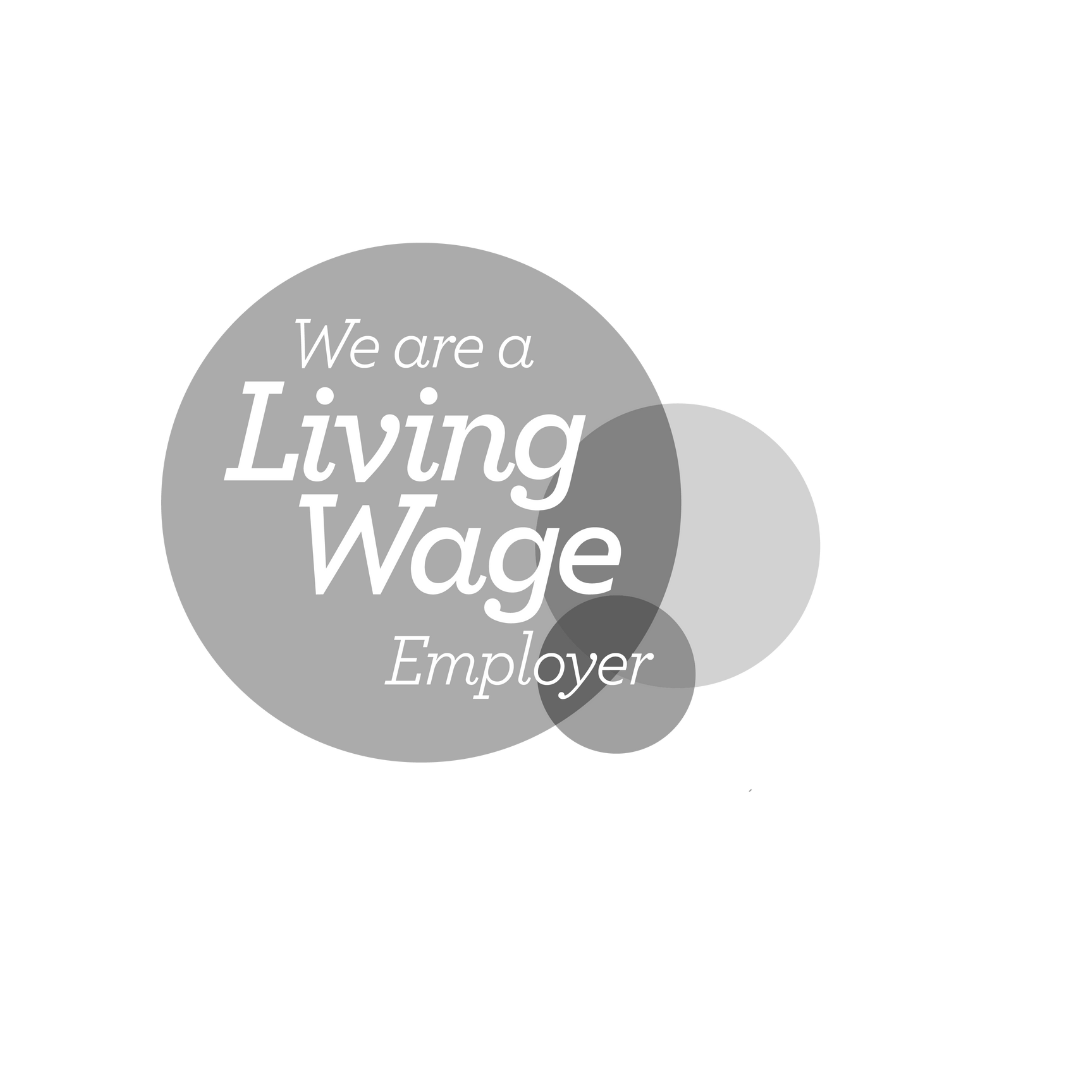



Leave a comment
This site is protected by hCaptcha and the hCaptcha Privacy Policy and Terms of Service apply.